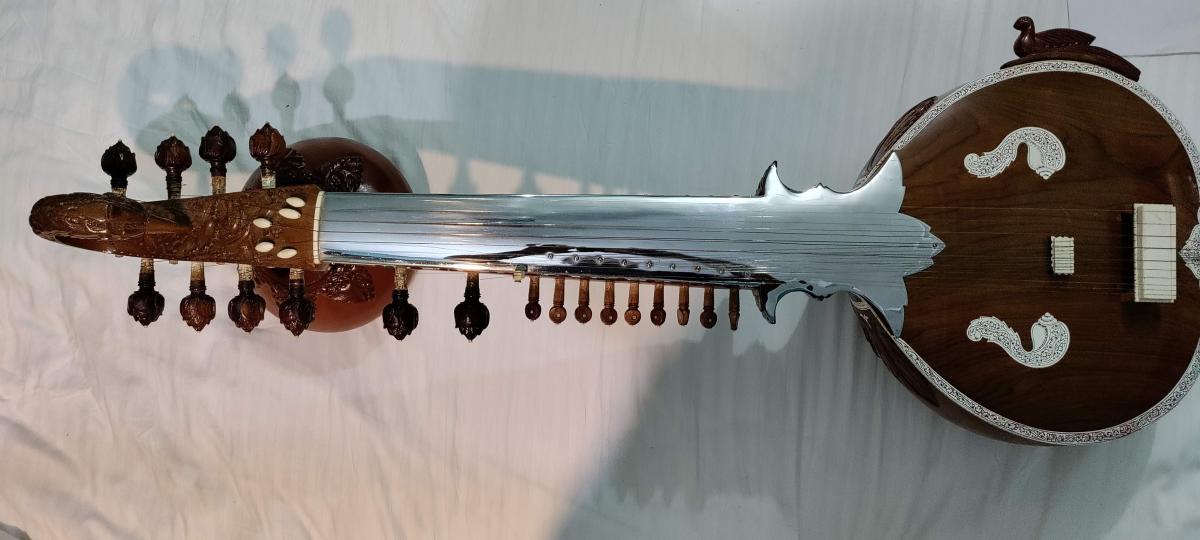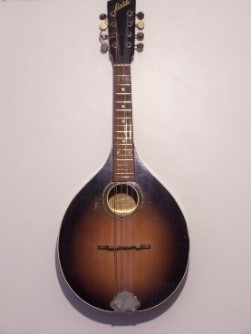A study conducted in Thiruvananthapuram, Kerala, suggests Bisphenol A can indirectly aid in the spread of vector-borne diseases in humans and animals.
The southern house mosquitoes (Culex quinquefasciatus) is a major carrier of the West Nile virus, Rift Valley fever virus and avian pox in tropical and subtropical countries.
References
The US government agreed to the computer-based and experimental alternatives to animals to test new drugs through the U.S. Food and Drug Administration Modernization Act.
Donald E. Ingber, a professor of bioengineering and director of the Wyss Institute at Harvard University, and his colleagues developed the first human organ-on-chip model in 2010. It was a ‘lung on a chip’ that mimicked biochemical aspects of the lung and its breathing motions.
Advantages
In conventional cell culture system researchers grow cells in dishes in the lab.
References
ALMA telescope is set to get software and hardware upgrades which would take around 5 years to finish.

References
With the demand for foreign planting materials of fruits like apple, avocado and blueberry the Centre plans to set up 10 ‘Clean Plant Centres’.
Fruit plants import in India
|
Year |
Apple Plants |
Avocado Plants |
Blueberry Plants |
|
2018 |
21.44 lakh |
1,000 |
1.55 lakh |
|
2020 |
49.57 lakh |
26,500 |
4.35 lakh |
References
In Mann Ki Baat Prime Minister spoke about Ustad Bismillah Khan Yuva Puraskar awardees and their art forms.
Sursingar
Kolkata-based multi-instrumentalist Joydeep Mukherjee is credited with reviving the Sursingar, along with another “lost” stringed instrument, the Radhika Mohanaveena, named after its creator, Radhika Mohana Maitra.

Sursingar
Mandolin

Mandolin
Karakattam
Perini Odissi
References